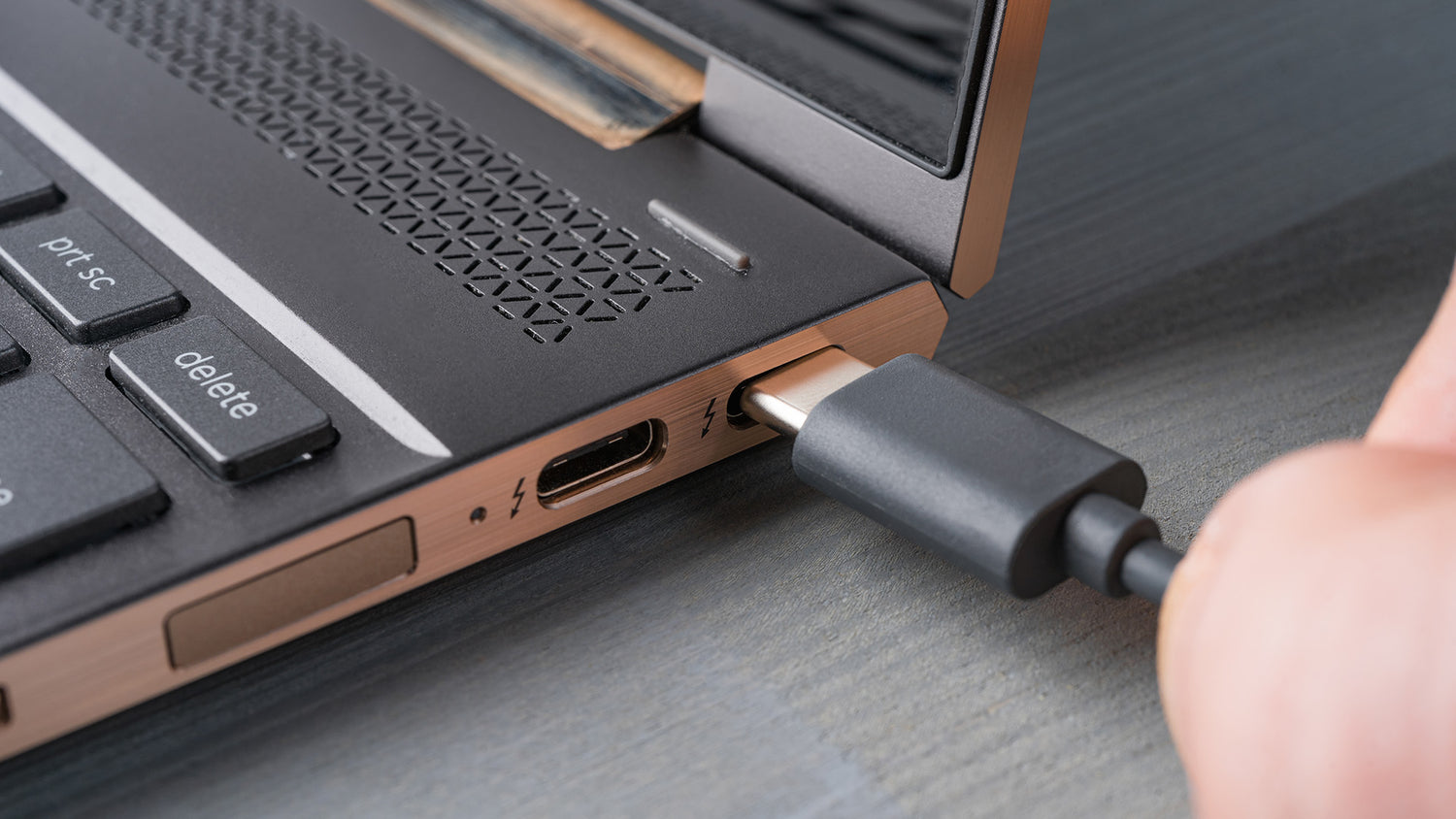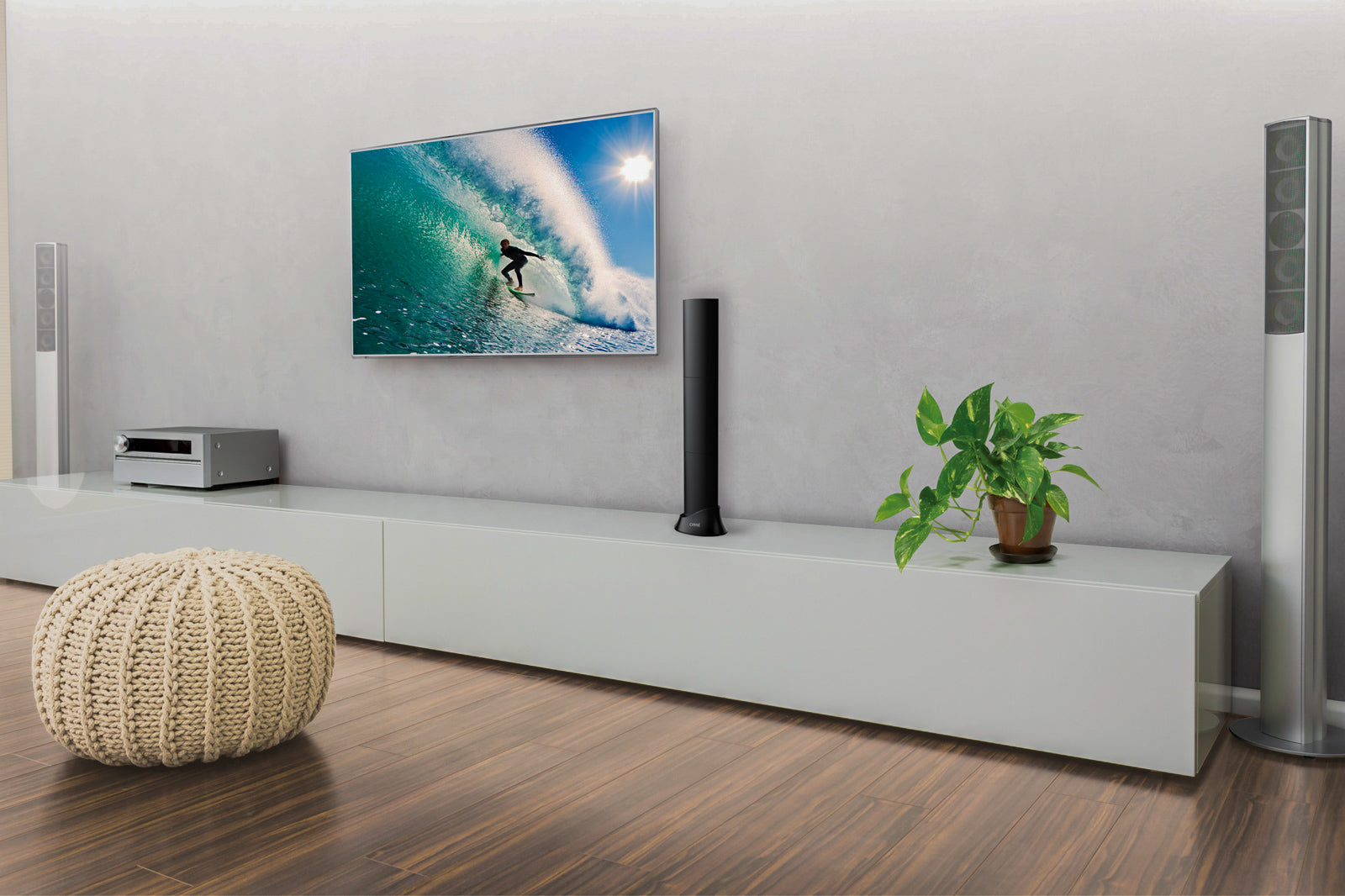USB-C PD = FAST CHARGING
USB-C Power Delivery is now widely used in the latest mobile and IT accessories. What does it mean? How can I use it safely? What is the difference between PD and Quick Charge technology? Let’s get to the bottom of this so you can charge your devices with confidence!
This article will explain how USB-C Power Delivery works, answer common questions about safety, and compare it to other charging technologies like Qualcomm’s Quick Charge. You’ll learn how to tell if a charger supports PD and what chargers are compatible with your device for fast charging speeds up to 30 watts or more!

What is USB-C PD?
USB-C Power Delivery (PD) is an evolution of USB delivered power requirements for our mobile devices and laptops.
USB (Type-A) 1.0 from 1996 was originally created to transfer data and a small amount of power using four pins. As rechargeable batteries became smaller, USB became popular with small device manufacturers as a recharging solution.
Most small devices deliver a maximum output of 7.5W which is acceptable to consumers. As devices became more demanding for power, a change in the energy storing and charging technology was required to improve efficiency, resulting in larger batteries and higher voltages.

To accommodate this USB-C was created in 2014 with a 24 pin design to transfer data faster and deliver more power to devices. USB-C cables are engineered to be able to carry a minimum of 3A current (at 20 V, 60 W), but now some can also manage a high-power 5A current (at 20 V, 100 W), making them perfect for a universal power delivery system for laptops and smart devices.
In the past, laptops relied on an external power supply that was often large in size, heavy, and not suitable for travel. Most laptops now support USB PD charging, and as a minimum, PD 45W or higher is required to charge laptops efficiently.
PD 45W and higher is also available in power banks making them ideal for charging laptops on the go. Power banks with a maximum capacity of 20,000mAh are TSA-Approved which is a suitable battery size for air plane travel.
Gallium nitride (GaN) is a next-gen semiconducting material that emits less heat while maintaining high power capabilities, providing efficient, fast, and compact charging solutions. GaN chargers don’t need as many components as silicon chargers which means they can be smaller and lighter in weight. This technology not only features PD but the power supply is at least 50% smaller than traditional wall chargers.

How USB-C Power Delivery works
USB-C connectors have been designed and engineered to handle new high power levels using it’s extra pins to meet the requirements of our smart devices and laptops. Special USB-C circuit boards are built right next to the connector to deliver the exact power required. They are made to carry a lot more wattage without being damaged or overheating for your safety and the devices you connect to!
How Much Faster is PD to a standard USB charger?
Manufacturers like Apple do not include USB PD power adaptors with their latest phones. You will need to purchase one separately and check it meets the requirements of your new device. We compared the speeds at which you can charge compatible PD Fast Charge devices using a standard 5W charger and 18W USB PD charger. This table shows that charging a battery with the 18W USD PD charger to 50% takes less than 30 minutes in most cases compared to over an hour with a standard 5W charger.

What is the difference between USB PD and Quick Charge technology?
Some Android smartphones and tablets use fast charging technology called Qualcomm® Quick Charge. This technology is integrated into these smartphones and provides a higher level of power when paired correctly with a Quick Charge certified adaptor. These devices understand how much life is left before needing another recharge session and can charge very quickly compared to regular chargers. USB PD provides the capability to manage high power outputs from a power adaptor to charge your Quick Charge device or regular device.

USB-C PD can Provide up to 100W of Power
USB PD Technology now supports up to 100W so it can charge larger devices, like tablets and laptops. These USB PD adaptors list their max power output, so make sure it meets the requirement on your device before purchasing. The new generation of iPhone and iPad joins the ranks of other Apple/iOS devices that charge via USB-C PD, such as MacBook and MacBook Pro.

More Power, Faster Charge
To summarise, the latest phones, tablets and laptops all now are moving to USB-C and are more demanding for power. USB PD chargers have been redesigned to accommodate these requirements. These chargers provide power to a wide range of devices so that you won’t need to find the exact adaptor for your device as long as it meets the wattage requirements. To future proof your next purchase of a mobile device or laptop, look for the latest PD Chargers in our range.




Leave a comment
This site is protected by hCaptcha and the hCaptcha Privacy Policy and Terms of Service apply.